The trading platform they utilize is an option for forex traders. However, as not every broker offers every sort of trading platform, this decision is tied to the choice of Forex broker. Additionally, some brokers provide access to certain Forex trading platforms even if they are not really compatible with them. Instead, they use a bridge, which is a piece of software that links the platform with the dealing system of the broker. This may perform well, but if the bridge has issues or is sluggish, it may have a negative impact on trade execution and management.
The trading platform known as Metatrader 4 is widely used and is unquestionably considered to be the industry standard. Despite the possibility of somewhat higher spreads and/or costs, we have never met a Forex broker that does not either provide trading directly via the platform or through an internal bridge to the platform. Although it is made by the same business and is slightly less popular, the Metatrader 5 trading platform is still available (the Cyprus-based MetaQuotes Software Corporation). We must examine the platform in more detail if we are to see why this is the case.
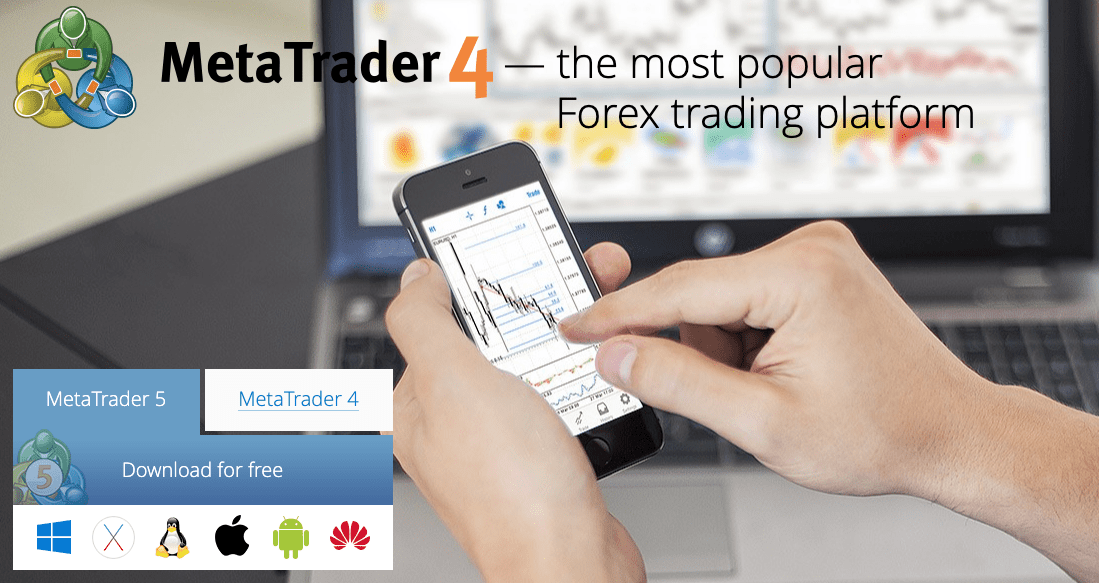
Here are some comparisons of different platforms and tips on how to choose the best one for you.
Types of trading assets:
The sorts of traders each platform tends to attract are the main distinction between MT4 and MT5. The features and functionality of MT4 were created with FX traders in mind. For this reason, traders that are mainly focused on the forex market use MT4 as their preferred software platform.
Trading in stocks, futures, and contracts for difference (CFD) all benefit from the larger uses of MT5. Because of this, it offers a wider range of characteristics that may not be important to all traders, but if you trade a variety of assets, it could be more beneficial for your trading objectives. Remember that while MT5 may still be used to trade forex, the features and tools available for analyzing forex charts aren’t as powerful. Thus, performance will probably suffer if you do.
Accessibility to the FIX API
For traders looking for real-time information on financial assets, the Financial Information eXchange (FIX) API is a crucial resource. Market regulators and traders both utilize the FIX API to exchange crucial information before and after deals, as well as information that verifies fresh orders and completed trades.
The advantages of a FIX API connection for traders are many. Most significantly, when trading on a platform that enables FIX API connectivity, traders have more access to financial information, and the structure of this information is standardized to simplify communications across any language boundaries. To aid in the analysis of forex trades, the FIX API also makes it simple to create secret algorithms or black-box techniques.
You must utilize the MT4 trading platform if you wish to use the FIX API. Through MT5, FIX API connectivity is not accessible.
Time Frame Chart Offerings
MT4 was designed to be simple. Because casual and inexperienced traders are unlikely to require access to intricate and detailed time frame data, MT4 is the simplest solution, delivering only the resources you require and none of the technical capabilities you do not.
When doing chart analysis with MT4, traders may select from nine distinct time periods. MT5, on the other hand, has 21 alternative time frames, a significant increase over MT4. These adjustable features are unneeded for many traders. However, access to these less regularly utilized time periods benefits some traders as well as certain types of transactions, such as CFDs. More experienced or diversified traders may regard this knowledge as critical to making well-informed transactions.

File A Complaint Against Scam Broker's
The variety of order types.
The four fundamental order types in MT4 are bought stop, buy limit, sell stop, and sell limit. For most traders, these order types are sufficient to carry out your trading plan while avoiding risk and expressing greater control over how you join and exit positions.
These are available in MT5, along with two others: buy stop-limit and sell stop-limit orders. This provides traders more options for how price change might trigger buys and sells. These order types may be used often by experienced traders, although they are likely to be used less frequently by novices and casual traders.
Coding Language
MT4 and MT5 each employ their own own programming language, which enables unique trading features and modifications based on your trading requirements. On MT4, however, it is assumed that traders will be looking for a platform that can be swiftly installed and launched, with few steps required to set up functionality or establish a trading program.
This makes MT4 suitable for new or inexperienced traders, as well as those who do not want to create their own scripts or algorithms to support their trading strategy. MT5, on the other hand, has a more difficult programming language, but it also allows you to develop and modify scripts.
Unlike the user experience provided by MT4, transactions on MT5 may also be conducted with a single function.
Which one should I choose?
Both platforms, MT4 and MT5, are widely used by traders. In conclusion, MT4 is the best trading platform for beginners. MT4’s fundamental functionalities are more than adequate for trading. If you already have trading expertise, you should consider MT5, which offers additional functionality.
Final thoughts
Finally, the decision between MT4 and MT5 is a question of personal preference. To choose the ideal option, evaluate your trading patterns and preferences and which solution is a better fit for your needs.
Many new traders favor MT4’s simplicity and stripped-down capabilities, but MT5 attracts more experienced traders looking for greater resources and platform adaptability.
Keep in mind that you may begin by getting the most from MT4, only to discover later that you are ready to transition to MT5. Wherever you’re at in your trading career, make sure your platform of choice is going to support your trading goals.
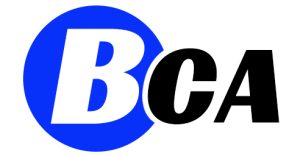
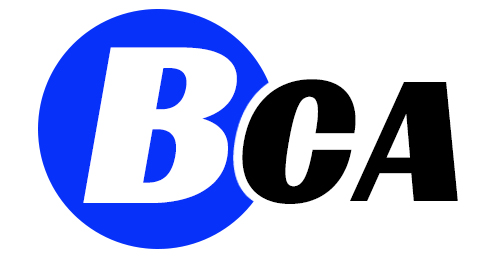
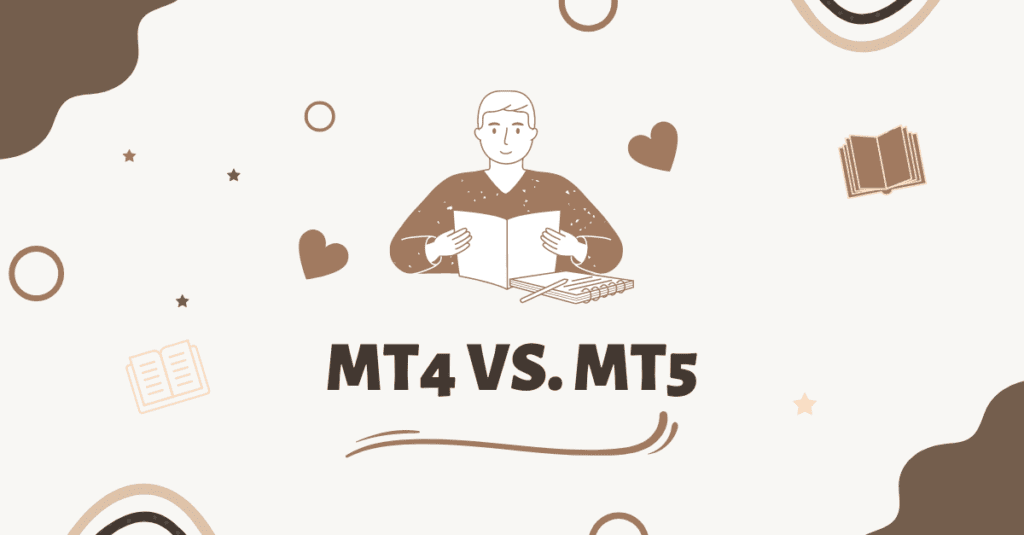








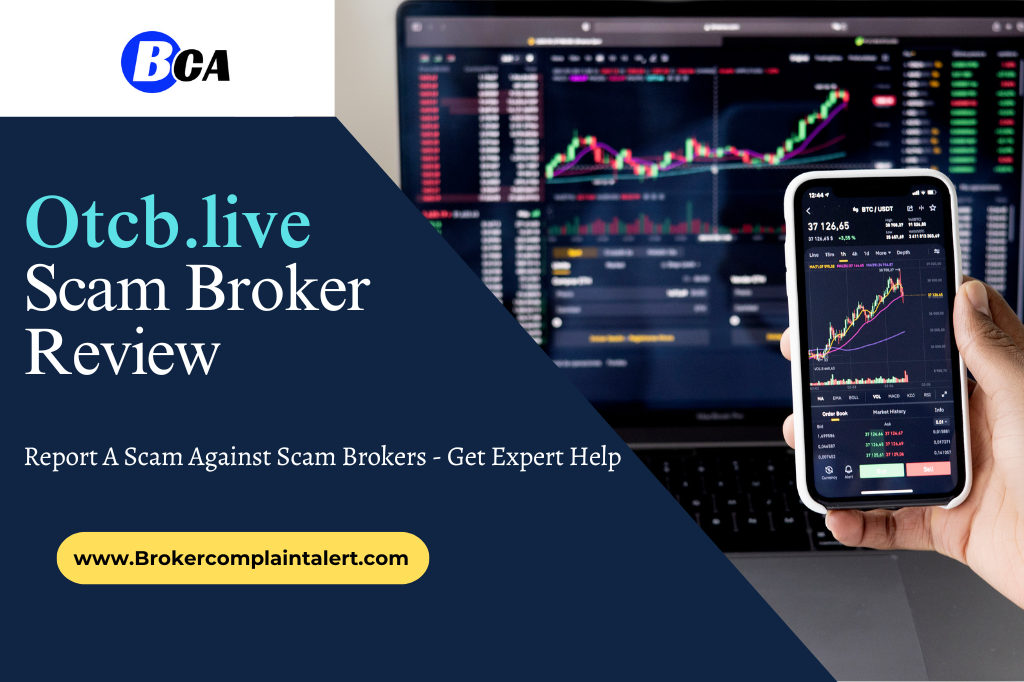


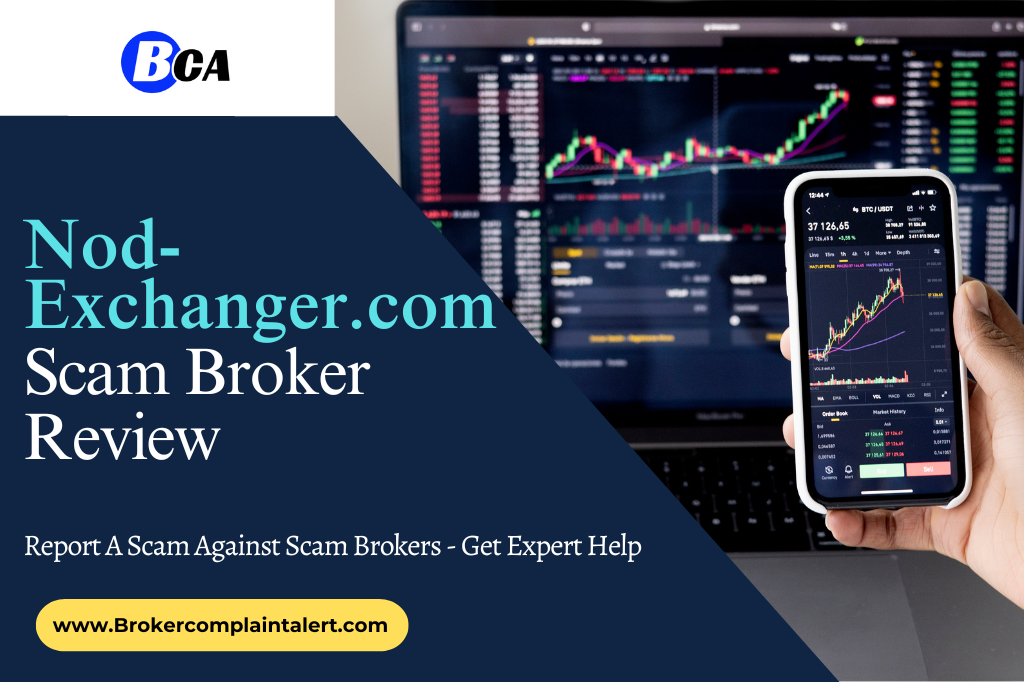













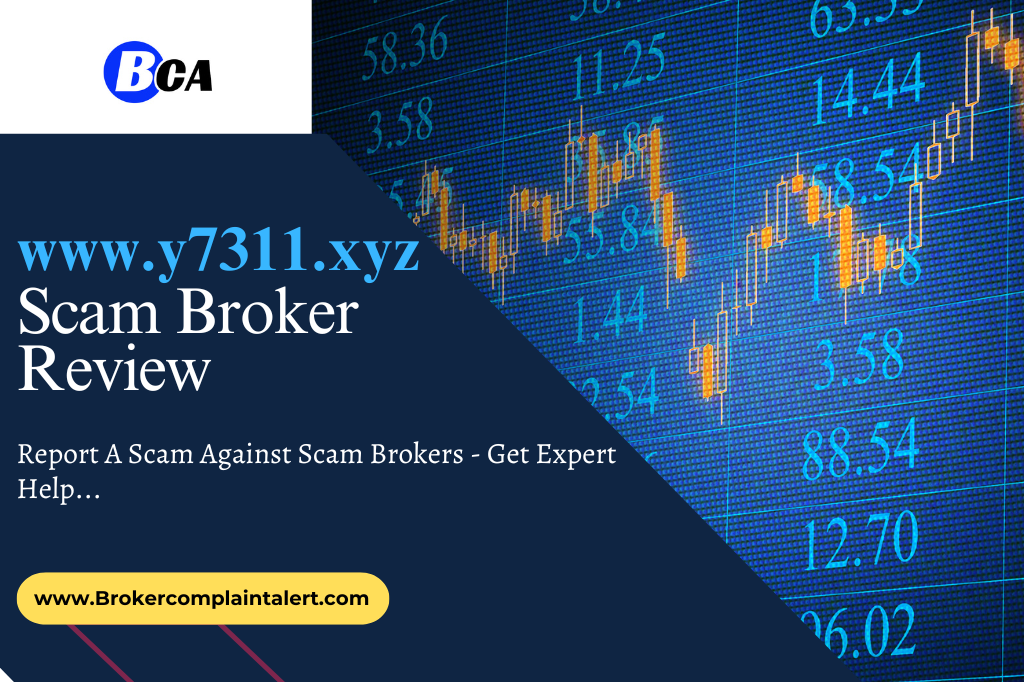





2 Responses